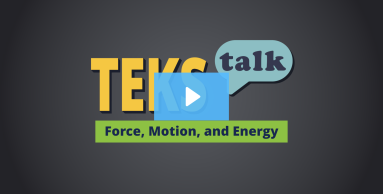
Knowledge and Skills Statement
Research
Wu, Pei-Ying, Sharon Arias, and Jacqueline Hernandez. 2021. “Let’s Build a Fast Car: Instantiating Three-dimensional Instruction Through a STEAM Planning Guide.” Science and Children 59, no. 1 (Season-03 2021): 42–46. National Science Teachers Association. www.nsta.org/science-and-children/science-and-children-septemberoctober-2021/lets-build-fast-car.
Summary: In this article, Early Childhood students explore what makes a car move and what makes a car move quickly. The activity in this article encourages students to ask questions, conduct experiments, and analyze the results of their experiments. The teacher began by explaining the concept of speed to her students, what makes things move quickly, what makes cars move, and how a car’s parts work together. The class investigated speed and cars by reading books and watching videos. To build their cars, the students were given common supplies like cans, tape, and old toy car parts. They were introduced to vocabulary words like axle, wheel, and engine. Students built multiple cars of varying weights and sizes to compare the speed of their cars.
